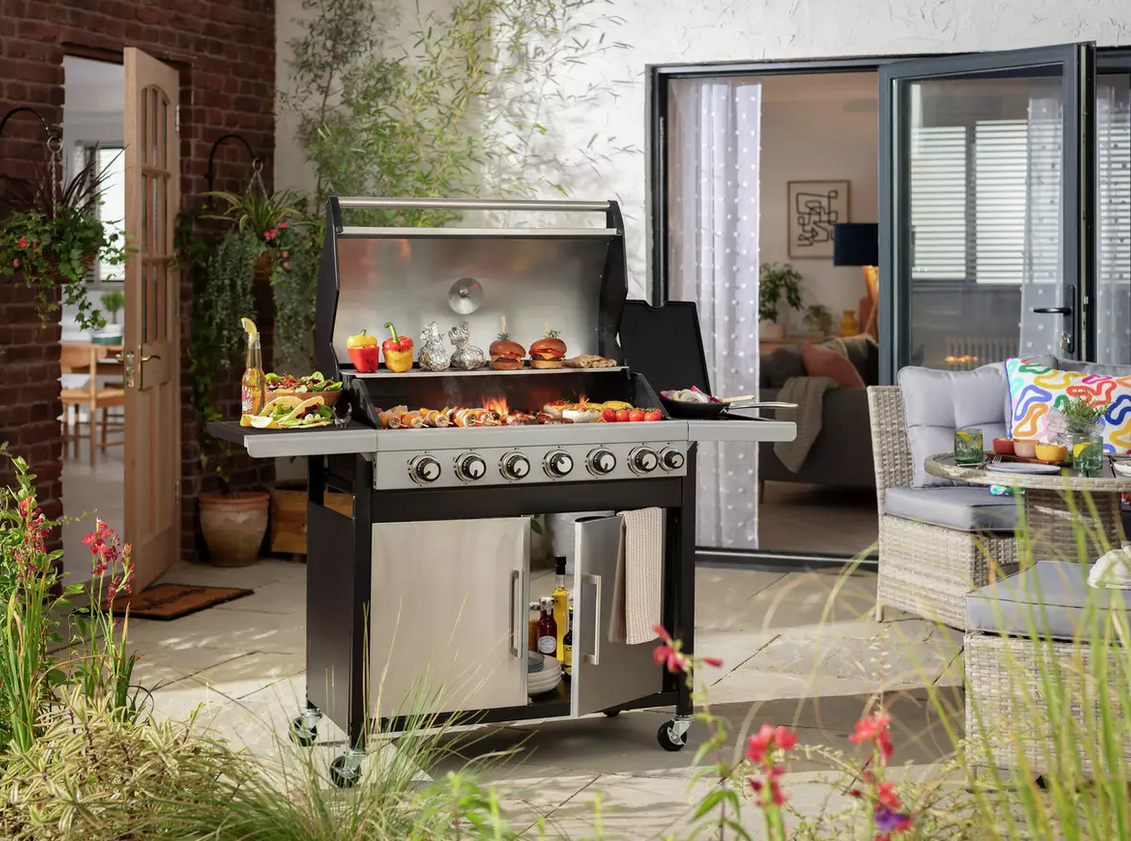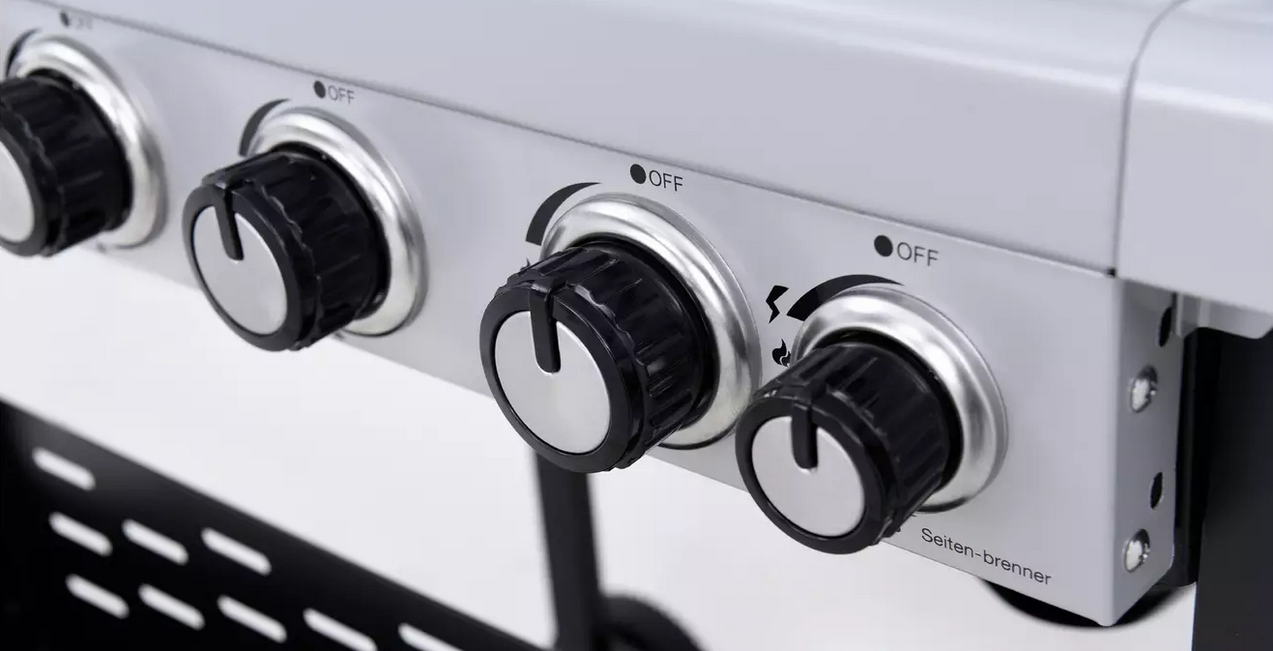
Are you thinking of using the BBQ and wondering how much gas you have left in your gas cylinder? This can be a dilemma for many a garden chef. Many of us may simply shake the canister to check if we can feel the gas remaining or lift it up to feel the weight. Whilst this can be used as an indicator, what if we told you there was another method you could use to avoid replacing your canister before have to? Below, we have highlighted a life hack to help you more accurately work out the gas you have left:
1. Stand the gas cylinder upright and in the clear.
The first step is to stand the gas cylinder upright and away from any electrical or heat sources. This is needed as the method we will use will not work if the gas cylinder is laying sideways.
2. Fill a jug with warm water.
Next, fill a jug with warm water. It is important that only warm water is used and not hot or boiling. Similarly, if the water is too cold then this will also not be suitable. The water from a domestic hot tap is ideal.
3. Pour water down one side of the gas cylinder.
You then need to pour the water down one side of the gas cylinder, with the water covering from top to bottom.
4. Run your hand down the water covered side to check the temperature.
To check for the gas level, simply run your hand down the water covered side of the cylinder. If it feels warm, then it means that the area being felt is empty. As you come across the cooler area of the canister, this indicates level of gas remaining in the tank.

And that’s it! It may seem very simple but it really works! By using this quick hack, you might find you have more gas left than you think and save yourself having to pay for an early refill or new gas cylinder. If you have any queries or questions about your gas cylinder, we recommend contacting the retailer or calling the number on your gas cylinder.
You can view how video on how to check the gas level on your gas cylinder here.
For more of our blogs, click here.